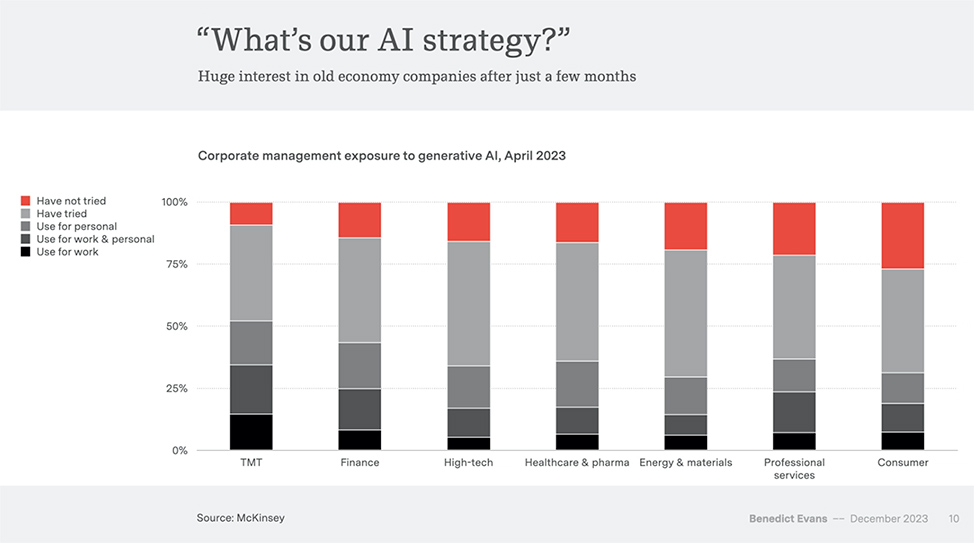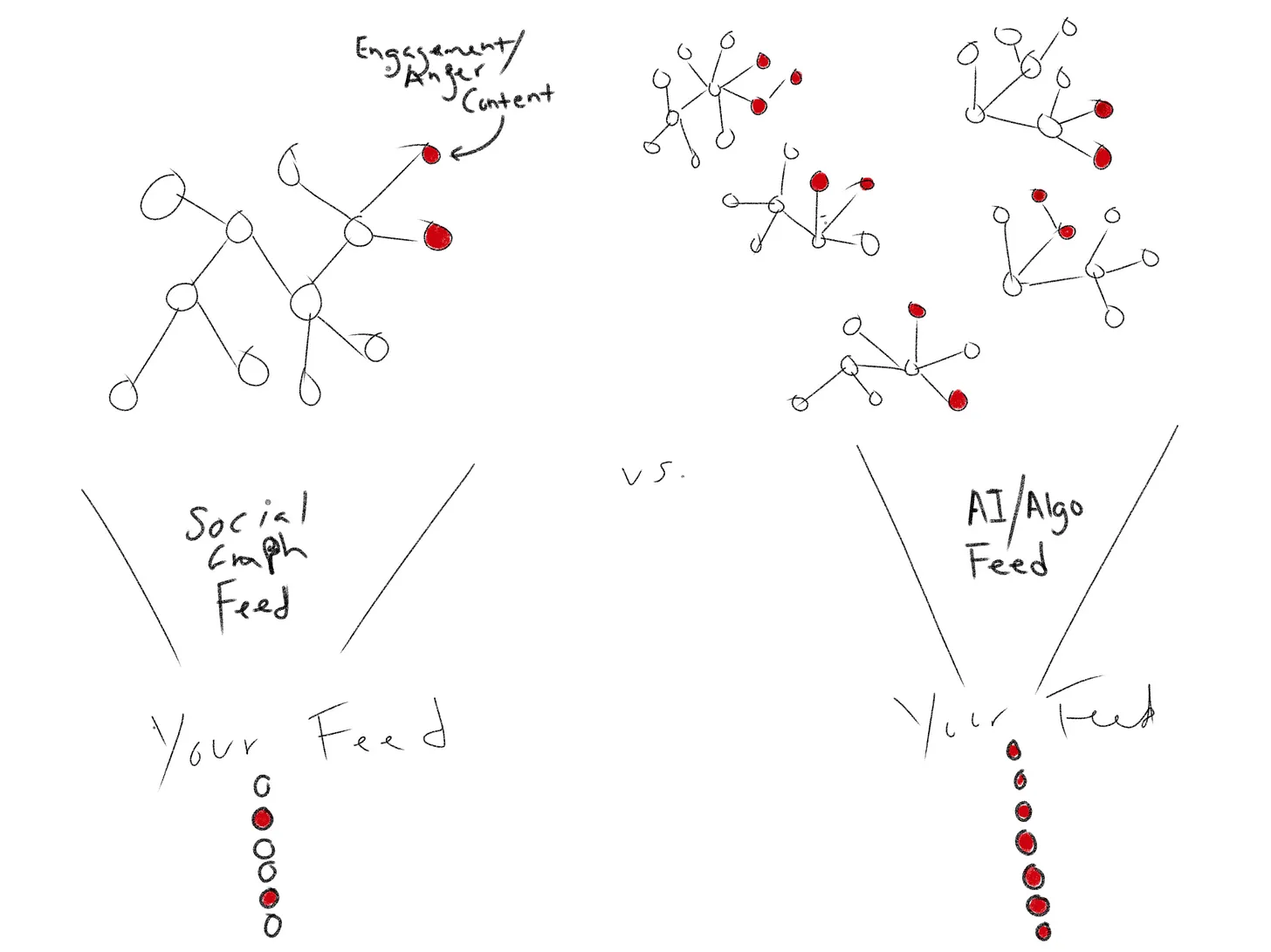Enter the New Era of Mobile AI With Samsung Galaxy S24 Series — from news.samsung.com
Galaxy AI introduces meaningful intelligence aimed at enhancing every part of life, especially the phone’s most fundamental role: communication. When you need to defy language barriers, Galaxy S24 makes it easier than ever. Chat with another student or colleague from abroad. Book a reservation while on vacation in another country. It’s all possible with Live Translate,2 two-way, real-time voice and text translations of phone calls within the native app. No third-party apps are required, and on-device AI keeps conversations completely private.
With Interpreter, live conversations can be instantly translated on a split-screen view so people standing opposite each other can read a text transcription of what the other person has said. It even works without cellular data or Wi-Fi.
Galaxy S24 — from theneurondaily.com by Noah Edelman & Pete Huang
Samsung just announced the first truly AI-powered smartphone: the Galaxy S24.

For us AI power users, the features aren’t exactly new, but it’s the first time we’ve seen them packaged up into a smartphone (Siri doesn’t count, sorry).
Samsung’s Galaxy S24 line arrives with camera improvements and generative AI tricks — from techcrunch.com by Brian Heater
Starting at $800, the new flagships offer brighter screens and a slew of new photo-editing tools


















